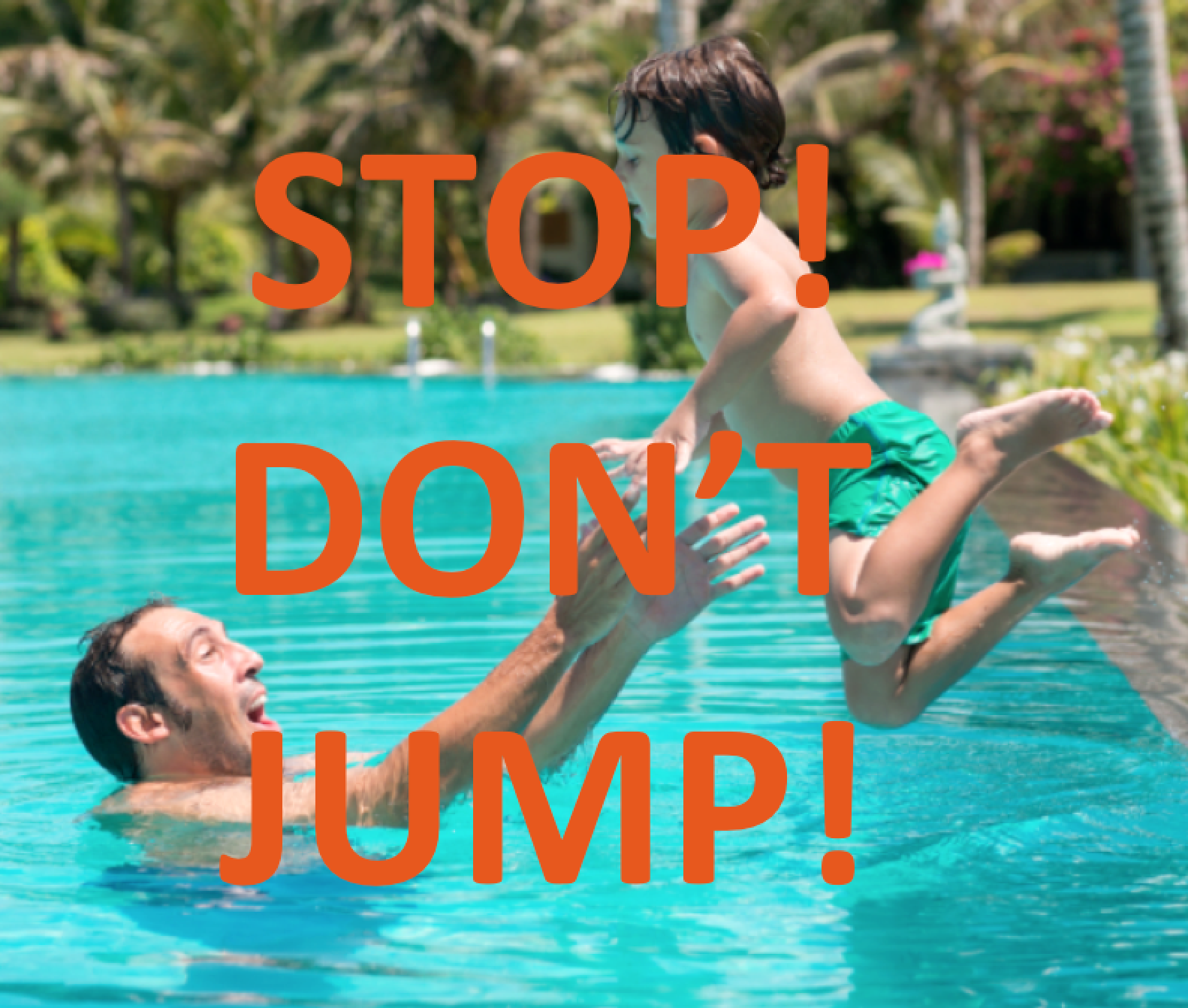Water safety is an attitude that is built up through repeated experiences. Therefore, BEHAVIOUR in and around water is very IMPORTANT.
The commonly referred terms include head first entries, jumping entries both of which encourage the child to jump and submerge into water whilst the instructor or parent rescues them.
The association of “1,2,3 jump” and I will catch you, is creating a DANGEROUS behaviour for children in and around water. Furthermore, teaching children to associate nursery rhymes and songs such as “humpty dumpty” whilst they fall into the water and rescued by their parents is giving children a false sense of security, because what happens when the parent is not there to catch them?
Children are inherently curious and inquisitive. They don’t perceive danger or have the knowledge to assess an environment to be safe or unsafe. As parents/carers, educators and as a community it is our job to protect them. That doesn’t mean we should remove all possible dangers, because that isn’t reality. We need to equip our children with the skills and knowledge to respond appropriately to dangerous situations and environments. Although certain explorative behaviours are normal, parents and caregivers must provide adequate supervision at all times.
In Australia, 100% of toddler drownings occur when the child is not being supervised and nearly 80% of drownings in young children occur due to FALLS INTO WATER. Yes, we need to be introducing children to safe entry practices, but most importantly the child needs to be skilled to SURVIVE in the water BEFORE they are taught to enter independently.
That’s why at Kids Aquatic Survival School we don’t encourage children to jump into water until fully skilled.
Natasha
Aquatic Survival Skills,
baby swim lessons,
child drownings,
child swimming,
child water safety,
Drowning Prevention,
float to survive,
infant swim,
swim lessons,
swim survival,
swimming lessons,
Toddler drowning,
water safety


